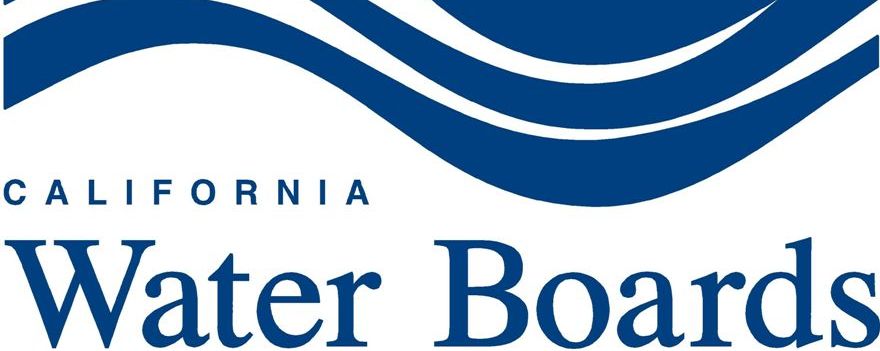From the State Water Resources Control Board: 
California’s largest urban retail water suppliers will now be required to report monthly water use, as was mandatory during the last drought but has been voluntary since November 2017.
At its meeting today, the State Water Board adopted a regulation that builds on the state’s water efficiency leadership by requiring California’s 400 largest water systems – representing 90 percent of the state’s population – to report monthly water use totals. These data will help water managers, policy makers, researchers, and Californians alike track statewide and local water use, and, when needed, take quick action to respond to changing water supply and climatic conditions.
During the last drought, the State Water Board passed emergency regulations that mandated, for the first time, monthly reporting requirements. Between June 2015 and March 2017, when mandatory water conservation was in place, California’s water use dropped by 22.5 percent – enough to serve 34 percent of the state’s population for a year.
Since the drought, Californians continue to use on average 20 percent less water than what was used in 2013, the pre-drought baseline. More than 75 percent of water systems have continued to voluntarily report this data since mandatory reporting ended.
“As we continue to see, the quality, timeliness, and gathering of data are critical to managing California’s water in the 21st century,” said State Water Board Chair E. Joaquin Esquivel. “Urban monthly water use data have driven enduring, widespread, public awareness and understanding of water use, conservation and efficiency in our state. Although challenging and difficult, the state’s last drought changed the way Californians view their everyday role in ensuring a resilient water supply. As Californians have come to know, efficiency is a way of life when the next drought is always around the corner.”
The permanent reporting requirements are part of a long-term plan to better prepare the state for future droughts and Make Conservation a California Way of Life through improved water resiliency, which relies on having comprehensive and up to date water use data. The plan will improve water conservation and drought planning by emphasizing efficiency and stretching existing water supplies in the cities and on farms. Efficient water use is the most cost-effective way to achieve long term conservation goals, as well as provide the water supply reliability needed to adapt to the longer and more intense droughts climate change is causing in California.
Following the Board’s adoption, the permanent regulation mandating monthly reporting will undergo review by the state’s Office of Administrative Law and is expected to take effect Oct. 1, 2020.
To learn about the actions the state has taken to manage our water system and cope with the impacts of drought, and how your community efforts further water conservation, visit the State Water Board’s Water Conservation Portal.
To learn more about the state’s efforts to build long-term water resilience, visit the Climate Change page.



